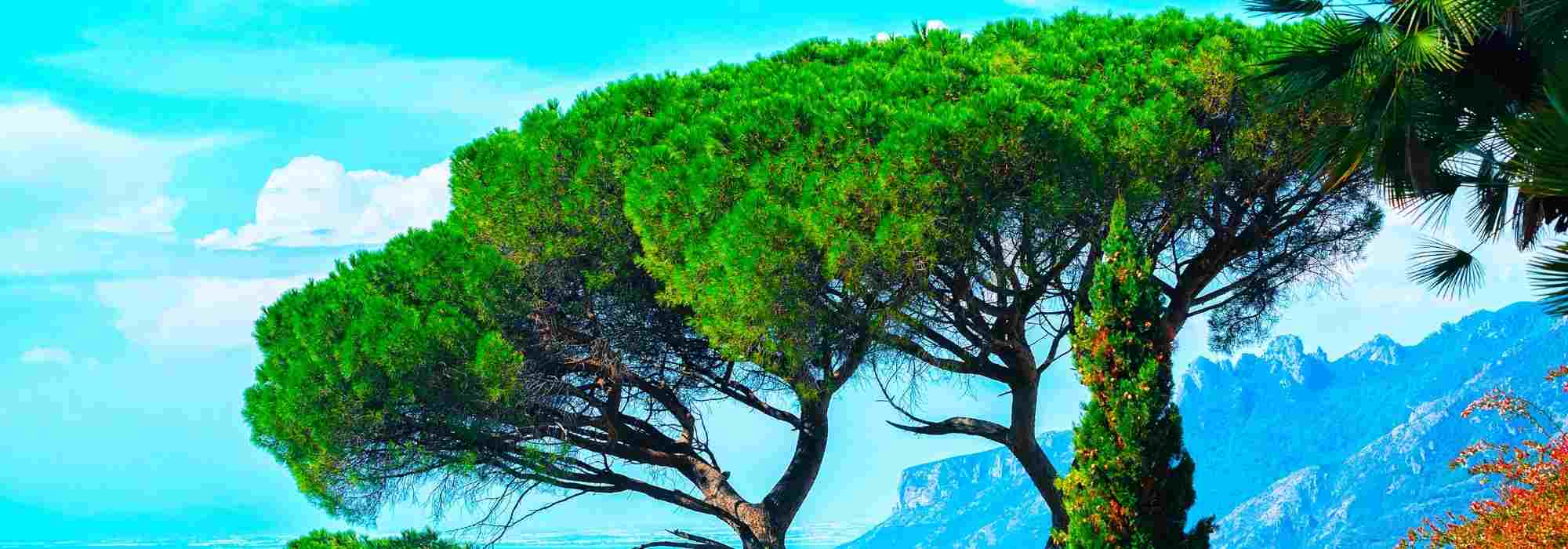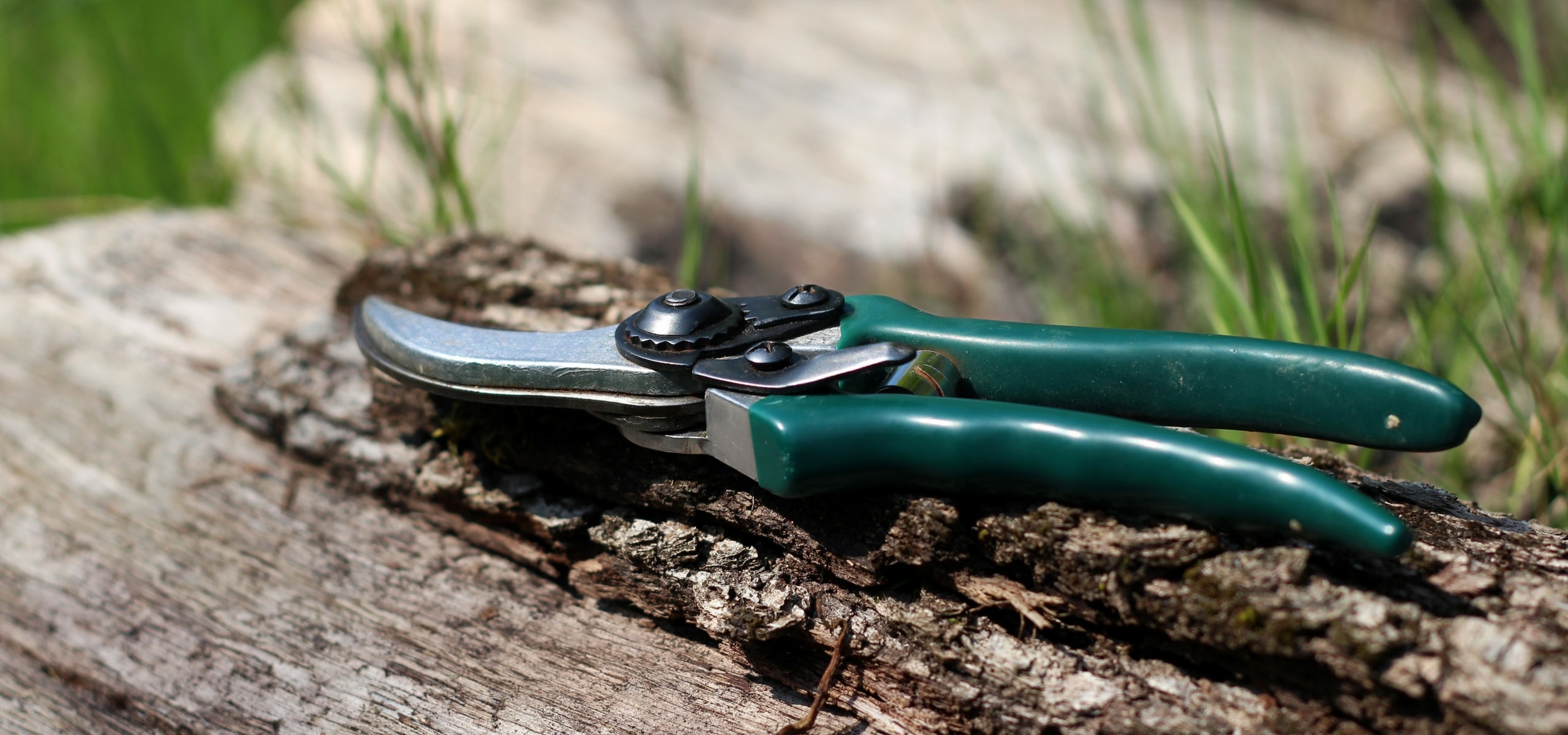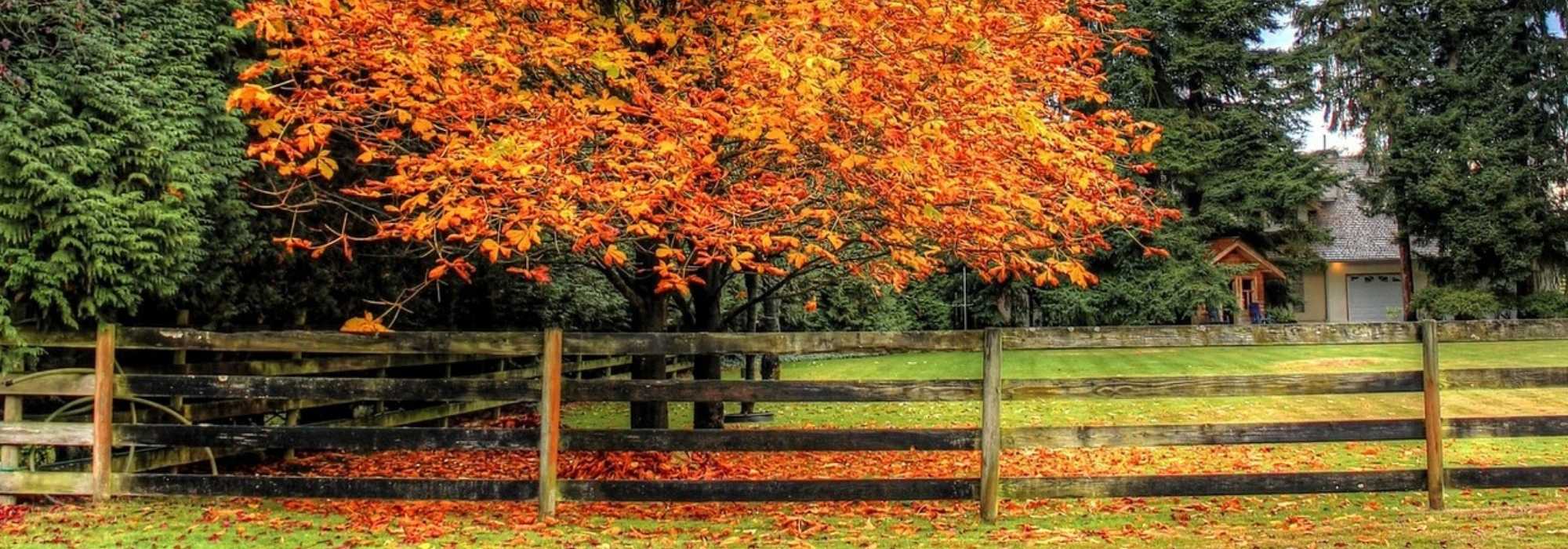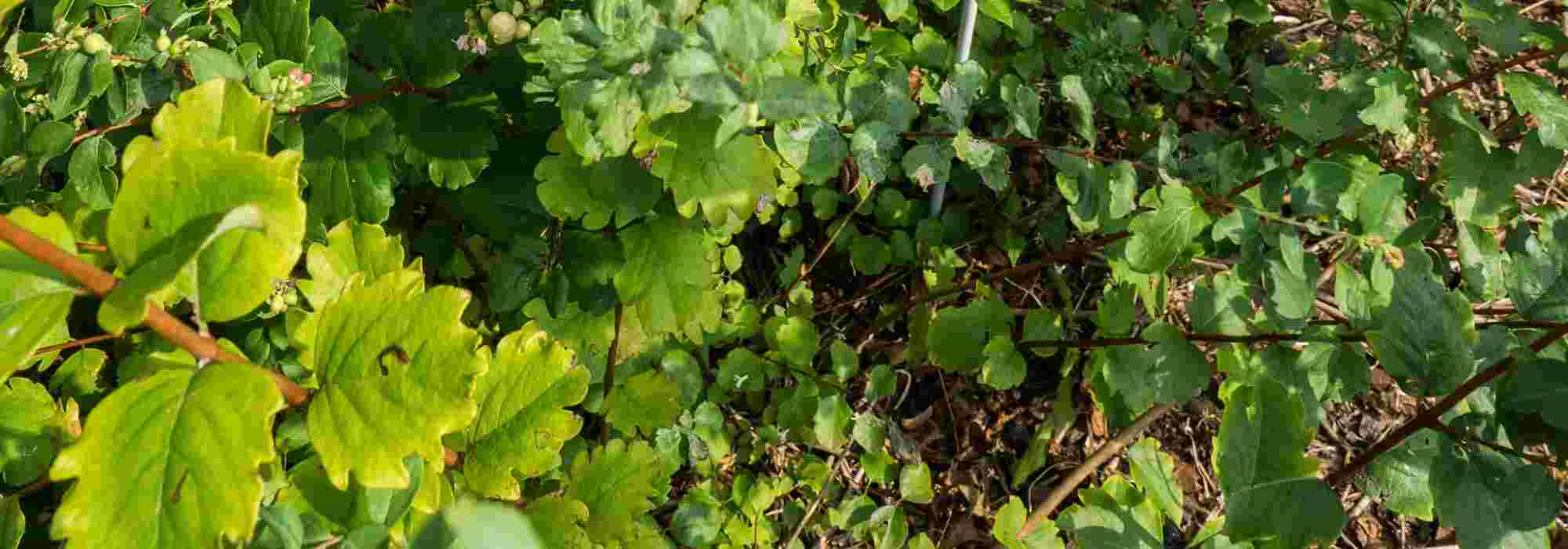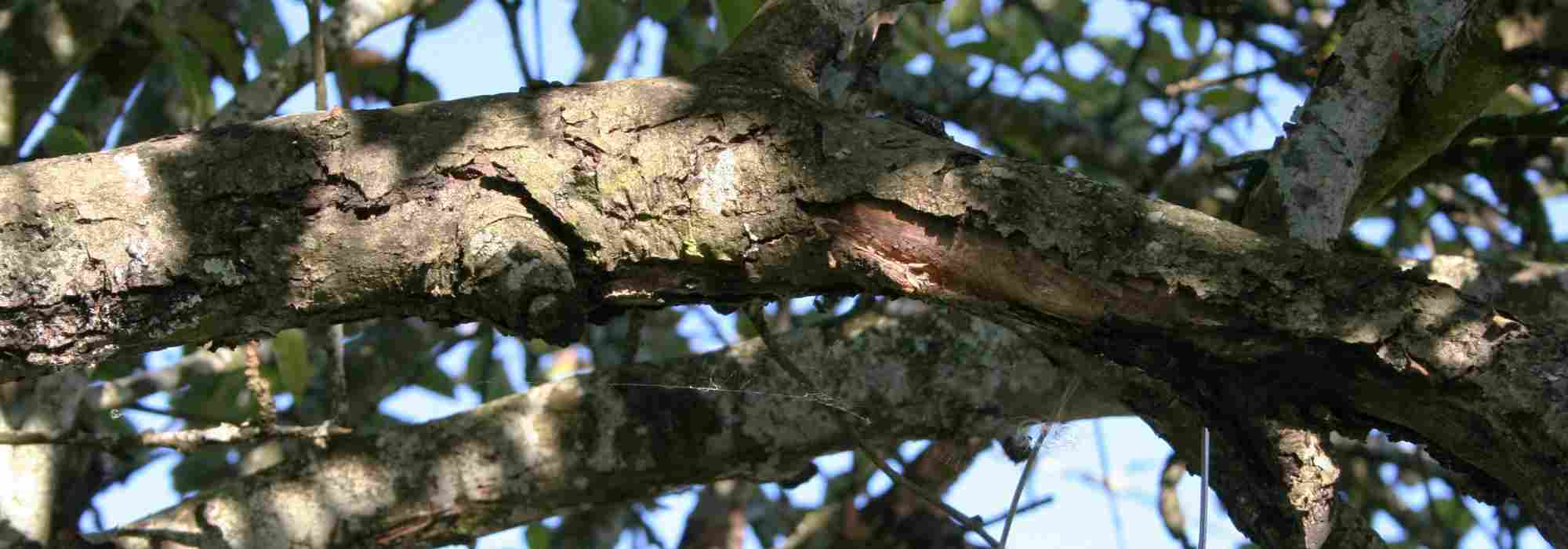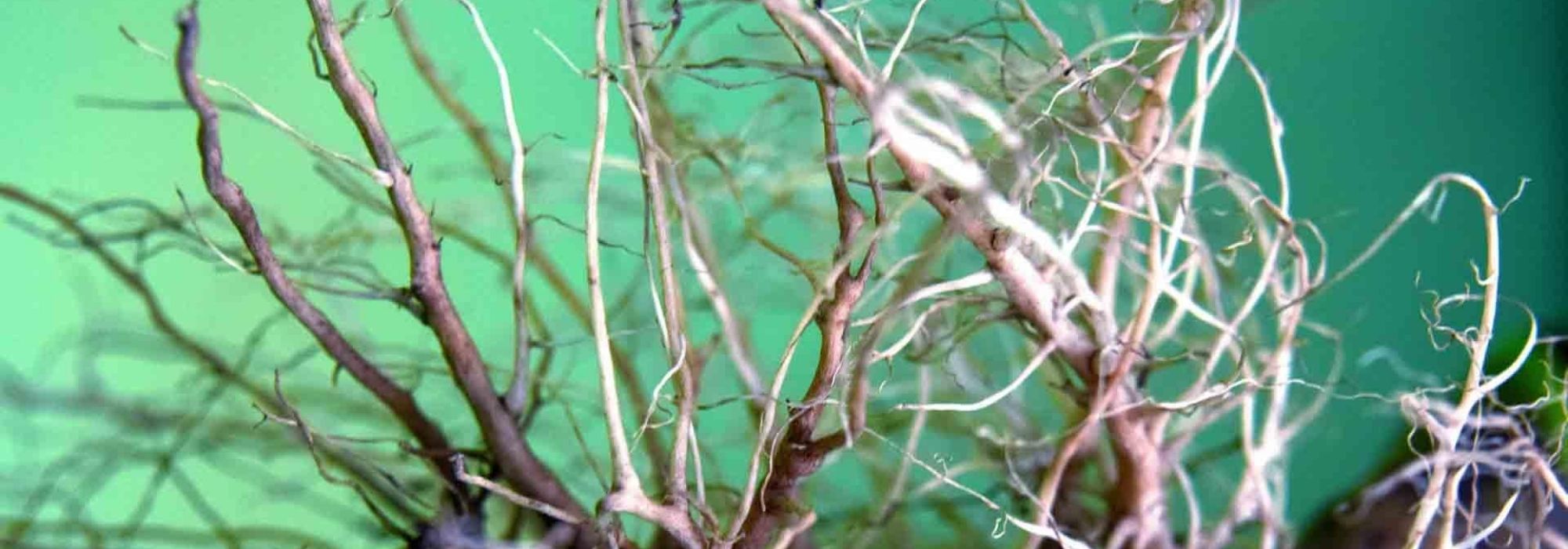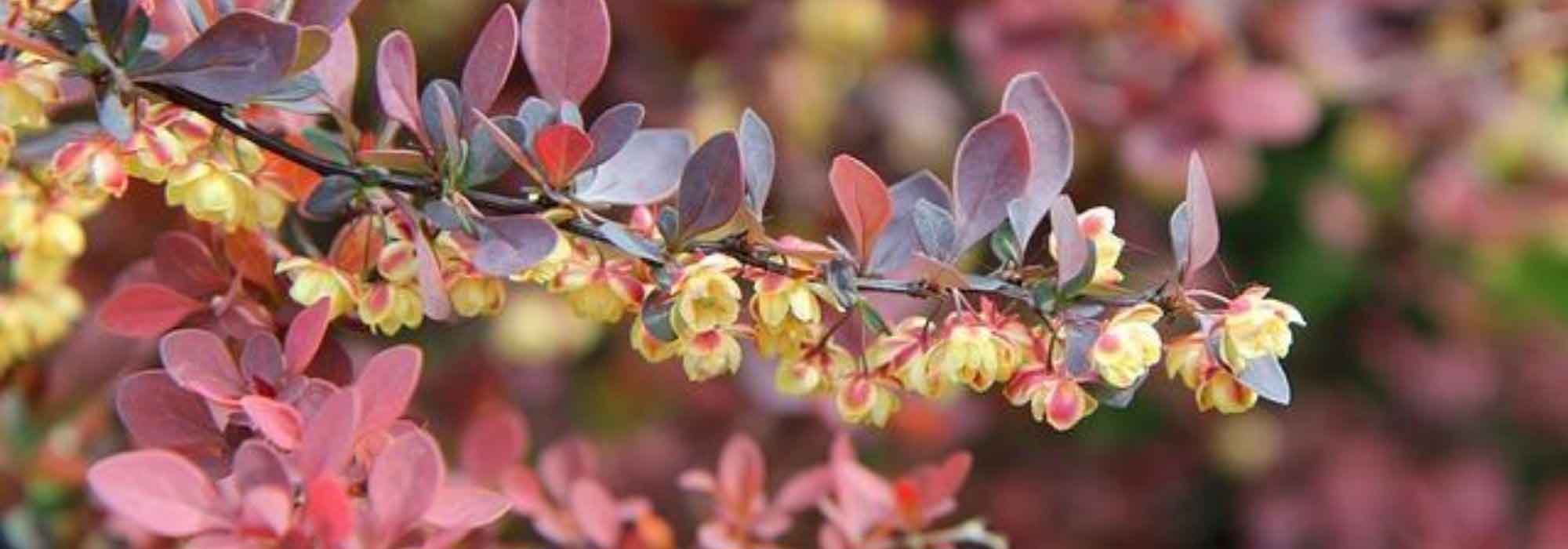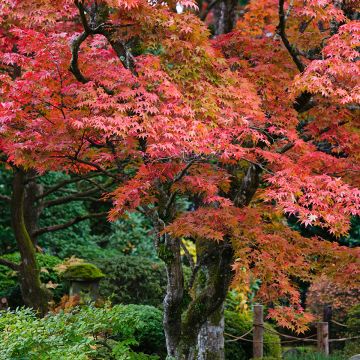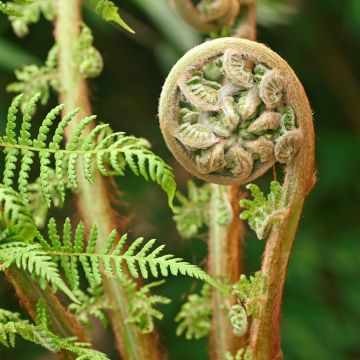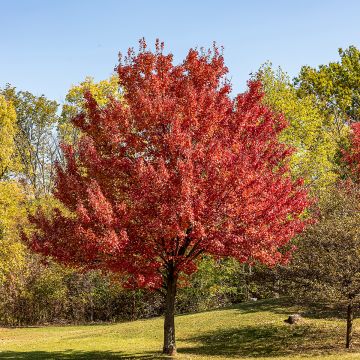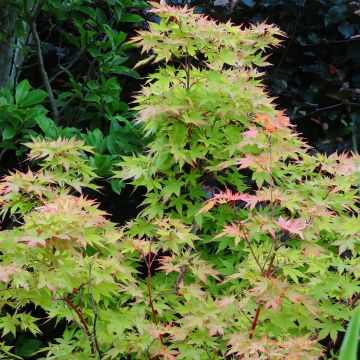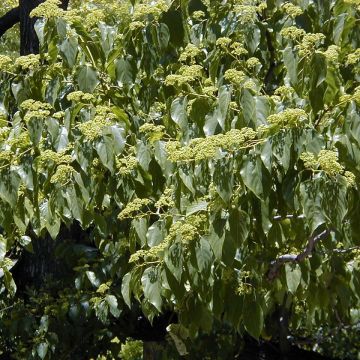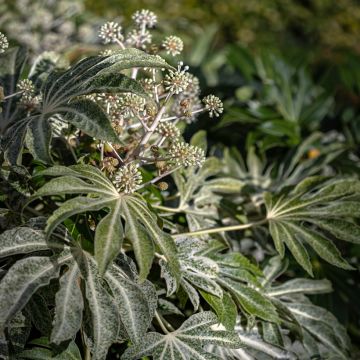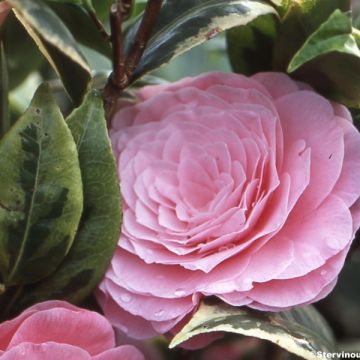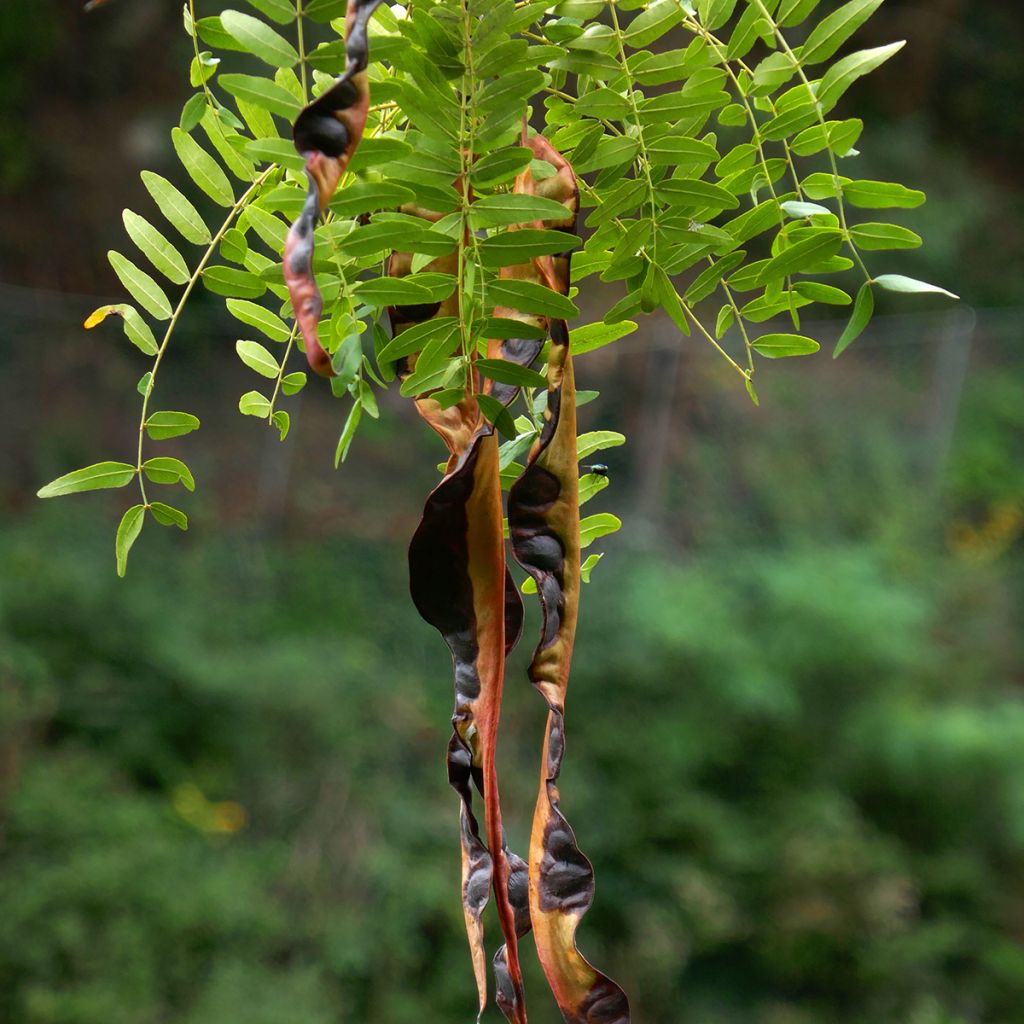

Gleditsia triacanthos f. inermis seeds - Thornless honey locust
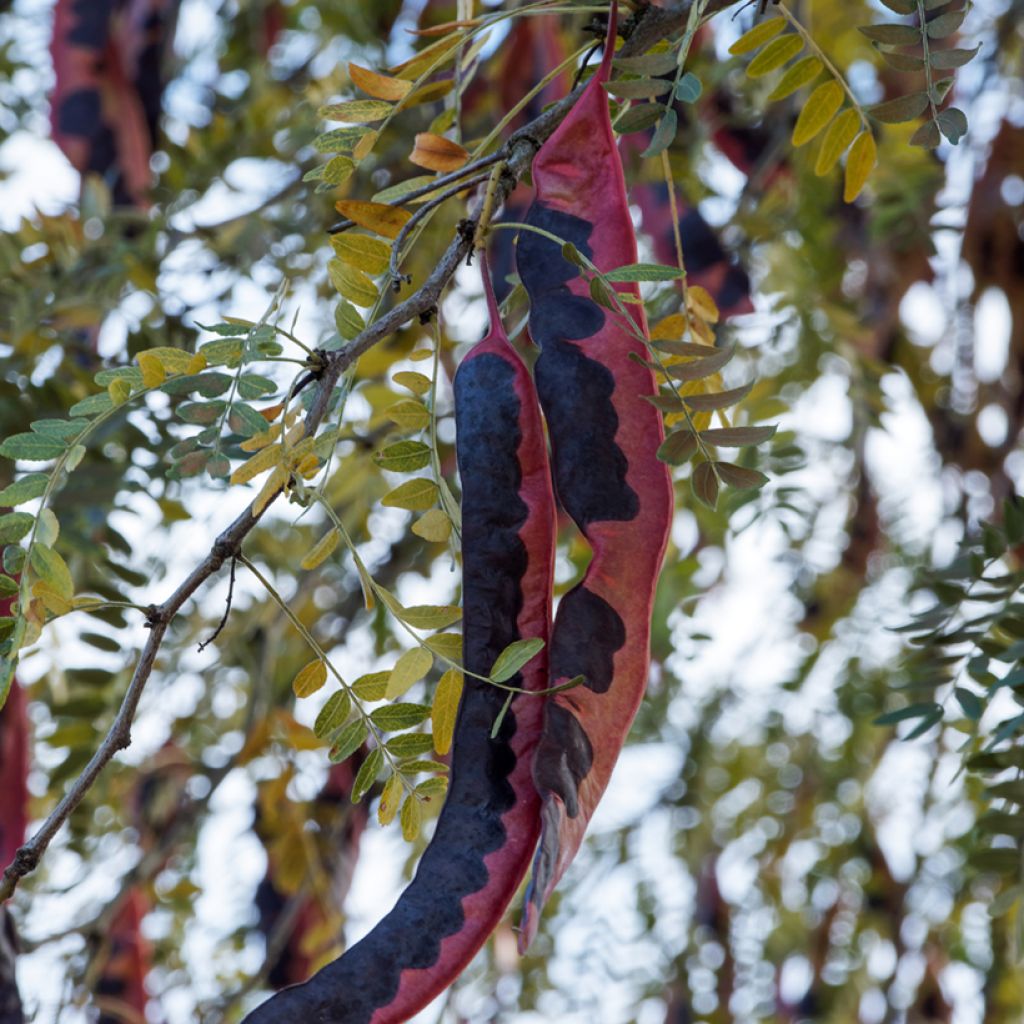

Gleditsia triacanthos f. inermis seeds - Thornless honey locust
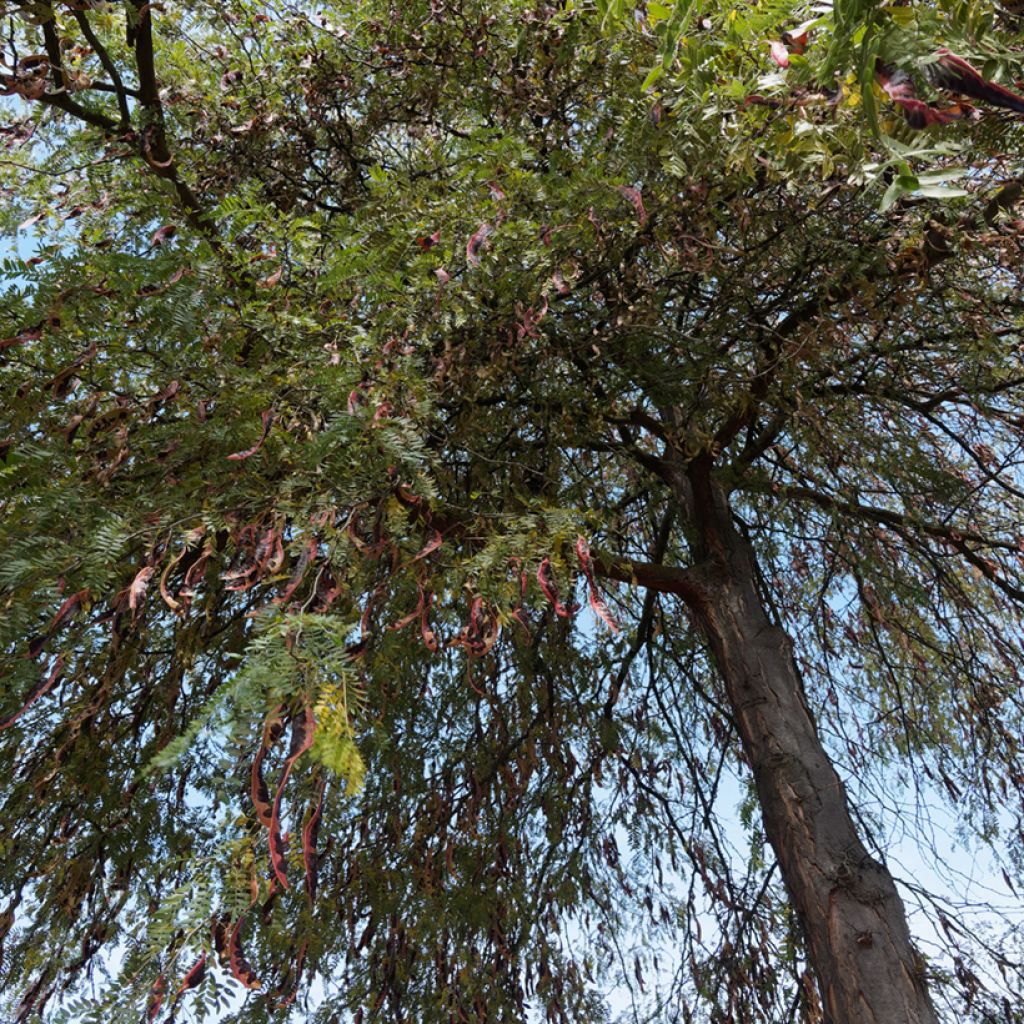

Gleditsia triacanthos f. inermis seeds - Thornless honey locust
Gleditsia triacanthos f. inermis seeds - Thornless honey locust
Gleditsia triacanthos f. inermis
Thornless Honeylocust
Special offer!
Receive a €20 voucher for any order over €90 (excluding delivery costs, credit notes, and plastic-free options)!
1- Add your favorite plants to your cart.
2- Once you have reached €90, confirm your order (you can even choose the delivery date!).
3- As soon as your order is shipped, you will receive an email containing your voucher code, valid for 3 months (90 days).
Your voucher is unique and can only be used once, for any order with a minimum value of €20, excluding delivery costs.
Can be combined with other current offers, non-divisible and non-refundable.
Home or relay delivery (depending on size and destination)
Schedule delivery date,
and select date in basket
This plant carries a 6 months recovery warranty
More information
We guarantee the quality of our plants for a full growing cycle, and will replace at our expense any plant that fails to recover under normal climatic and planting conditions.
Does this plant fit my garden?
Set up your Plantfit profile →
Description
Thornless Honey Locust (Gleditsia triacanthos f. inermis), also known as the thornless locust or Christ's thorn, is an ornamental tree that can be propagated from seed. It is prized for its delicate foliage, graceful silhouette, and absence of thorns. Stunning as a standalone specimen, this essential tree adapts to all types of soil and many climates.
Belonging to the Fabaceae family, the Thornless Honey Locust is a thornless variety of the Gleditsia triacanthos species, native to eastern North America. The name "Gleditsia" pays homage to the German botanist Johann Gottlieb Gleditsch. This deciduous tree exhibits rapid growth, typically reaching 20m in height with a spread of 10m. Its crown is broad and irregular, providing dappled shade with its fine, lacy foliage. The alternate and compound leaves measure between 15 and 20cm long and consist of small, ovate leaflets 2.5 to 4cm in length. They emerge light green in spring, turn dark green in summer, then take on a golden-yellow colour in autumn before falling. Flowering occurs in June-July, with small greenish flowers in pendulous clusters 5 to 7cm long. These inconspicuous flowers are nectar-rich and attract pollinators. Pollination is mainly carried out by insects. The fruits are flat, curved pods, measuring between 15 and 40cm long, turning dark brown when ripe in autumn. These pods contain a sweet pulp favoured by wildlife. The trunk and branches of this honey locust are thorn-free, making it ideal for high-traffic areas. The bark is grey-brown, developing longitudinal fissures with age. The root system is deep, with a main taproot and some lateral roots, giving the tree good stability and drought resistance.
It is best to plant Gleditsia triacanthos f. inermis as a standalone feature in a spacious garden, where it will provide light shade without hindering the growth of nearby plants. This highly adaptable tree thrives in rich, moist soil, even poorly drained, and tolerates dry summer conditions, poor or chalky soils once well established. You can pair it with Persian ironwood (Parrotia persica), ornamental grasses like Miscanthus, and perennials such as Japanese Anemones that bloom in late summer, to extend the garden's visual interest.
Report an error about the product description
Flowering
Foliage
Plant habit
Botanical data
Gleditsia
triacanthos f. inermis
Fabaceae
Thornless Honeylocust
Gleditsia inermis
North America
Planting and care
To sow thornless honey locust seeds (Gleditsia triacanthos f. inermis), seed preparation is necessary.
Honey locust seeds have a hard, impermeable outer coat that requires scarification to allow water absorption. Soak the seeds in boiling water, then leave them to steep for 72 hours in this water as it gradually cools. This method helps soften the outer coat and break seed dormancy. After soaking, sow the seeds at a temperature between 20 and 25°C, preferably in a well-drained sandy substrate. Keep the substrate moist but not waterlogged until germination.
Once the young plants have developed several leaves and reached a sufficient height for handling, they are ready for transplanting. Choose a location in full sun, as the honey locust thrives in sunny conditions. Prepare a planting hole wide and deep enough to accommodate the root system, ideally in rich, moist, well-drained soil. Although this tree tolerates various soil types, including chalky and dry soils, it prefers rich, moist alluvial soils. Place the young plant in the hole, ensuring the collar is level with the soil, backfill with the appropriate substrate, lightly firm, and water generously to remove air pockets and encourage good root contact.
Gleditsia triacanthos prefers sheltered positions as its wood is quite brittle. When young, you can protect it with winter fleece if your garden is located in the north.
Sowing period
Intended location
Planting & care advice
This item has not been reviewed yet - be the first to leave a review about it.
Similar products
Haven't found what you were looking for?
Hardiness is the lowest winter temperature a plant can endure without suffering serious damage or even dying. However, hardiness is affected by location (a sheltered area, such as a patio), protection (winter cover) and soil type (hardiness is improved by well-drained soil).

Photo Sharing Terms & Conditions
In order to encourage gardeners to interact and share their experiences, Promesse de fleurs offers various media enabling content to be uploaded onto its Site - in particular via the ‘Photo sharing’ module.
The User agrees to refrain from:
- Posting any content that is illegal, prejudicial, insulting, racist, inciteful to hatred, revisionist, contrary to public decency, that infringes on privacy or on the privacy rights of third parties, in particular the publicity rights of persons and goods, intellectual property rights, or the right to privacy.
- Submitting content on behalf of a third party;
- Impersonate the identity of a third party and/or publish any personal information about a third party;
In general, the User undertakes to refrain from any unethical behaviour.
All Content (in particular text, comments, files, images, photos, videos, creative works, etc.), which may be subject to property or intellectual property rights, image or other private rights, shall remain the property of the User, subject to the limited rights granted by the terms of the licence granted by Promesse de fleurs as stated below. Users are at liberty to publish or not to publish such Content on the Site, notably via the ‘Photo Sharing’ facility, and accept that this Content shall be made public and freely accessible, notably on the Internet.
Users further acknowledge, undertake to have ,and guarantee that they hold all necessary rights and permissions to publish such material on the Site, in particular with regard to the legislation in force pertaining to any privacy, property, intellectual property, image, or contractual rights, or rights of any other nature. By publishing such Content on the Site, Users acknowledge accepting full liability as publishers of the Content within the meaning of the law, and grant Promesse de fleurs, free of charge, an inclusive, worldwide licence for the said Content for the entire duration of its publication, including all reproduction, representation, up/downloading, displaying, performing, transmission, and storage rights.
Users also grant permission for their name to be linked to the Content and accept that this link may not always be made available.
By engaging in posting material, Users consent to their Content becoming automatically accessible on the Internet, in particular on other sites and/or blogs and/or web pages of the Promesse de fleurs site, including in particular social pages and the Promesse de fleurs catalogue.
Users may secure the removal of entrusted content free of charge by issuing a simple request via our contact form.
The flowering period indicated on our website applies to countries and regions located in USDA zone 8 (France, the United Kingdom, Ireland, the Netherlands, etc.)
It will vary according to where you live:
- In zones 9 to 10 (Italy, Spain, Greece, etc.), flowering will occur about 2 to 4 weeks earlier.
- In zones 6 to 7 (Germany, Poland, Slovenia, and lower mountainous regions), flowering will be delayed by 2 to 3 weeks.
- In zone 5 (Central Europe, Scandinavia), blooming will be delayed by 3 to 5 weeks.
In temperate climates, pruning of spring-flowering shrubs (forsythia, spireas, etc.) should be done just after flowering.
Pruning of summer-flowering shrubs (Indian Lilac, Perovskia, etc.) can be done in winter or spring.
In cold regions as well as with frost-sensitive plants, avoid pruning too early when severe frosts may still occur.
The planting period indicated on our website applies to countries and regions located in USDA zone 8 (France, United Kingdom, Ireland, Netherlands).
It will vary according to where you live:
- In Mediterranean zones (Marseille, Madrid, Milan, etc.), autumn and winter are the best planting periods.
- In continental zones (Strasbourg, Munich, Vienna, etc.), delay planting by 2 to 3 weeks in spring and bring it forward by 2 to 4 weeks in autumn.
- In mountainous regions (the Alps, Pyrenees, Carpathians, etc.), it is best to plant in late spring (May-June) or late summer (August-September).
The harvesting period indicated on our website applies to countries and regions in USDA zone 8 (France, England, Ireland, the Netherlands).
In colder areas (Scandinavia, Poland, Austria...) fruit and vegetable harvests are likely to be delayed by 3-4 weeks.
In warmer areas (Italy, Spain, Greece, etc.), harvesting will probably take place earlier, depending on weather conditions.
The sowing periods indicated on our website apply to countries and regions within USDA Zone 8 (France, UK, Ireland, Netherlands).
In colder areas (Scandinavia, Poland, Austria...), delay any outdoor sowing by 3-4 weeks, or sow under glass.
In warmer climes (Italy, Spain, Greece, etc.), bring outdoor sowing forward by a few weeks.































